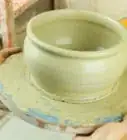wikiHow is a “wiki,” similar to Wikipedia, which means that many of our articles are co-written by multiple authors. To create this article, 14 people, some anonymous, worked to edit and improve it over time.
There are 9 references cited in this article, which can be found at the bottom of the page.
wikiHow marks an article as reader-approved once it receives enough positive feedback. In this case, several readers have written to tell us that this article was helpful to them, earning it our reader-approved status.
This article has been viewed 219,484 times.
Learn more...
Diyas, or clay lamps, are traditional lamps used for special occasions in many religions, including Hindu, Sikh, and Jain religions. These kind of lamps are widely used during Diwali, which is an Indian festival celebrated in many countries. On this special day, people light their homes with diyas that are made of clay, though these aren't usually very decorative.[1] If you're someone with a unique sense of flair, you may want to add some color to spice up your diya.
Steps
Decorating a Diya with a Solid Design
-
1Gather your diya and supplies. If you have multiple diya that you wish to decorate, you should gather the lamps together so you can paint these in sequence, and by having all your tools and supplies handy, you can save yourself time and effort. For this project you'll need:
- Acrylic paints (assorted colors)
- Bucket or tub
- Diya(s)
- Clear epoxy/shellac (optional; non-flammable)
- Glitter (optional)
- Glue (non-flammable)
- Paintbrushes
- Plastic plate or palette
- Stiff bristle brush
-
2Clean your diya. If your diya is not fully cleaned, your paint might darken or your brush might gunk up, giving you an effect you hadn't intended or wanted! To clean your diya, soak it in a bucket or tub filled with warm water for about an hour, and then scrub it with your stiff bristle brush.[2]
- Before adding any paint to your diya, you should allow it to dry completely.
Advertisement -
3Array your paint for application. Pour a moderate amount of the colors you are planning to use to paint your diya onto your plastic plate or palette. From among those colors, choose one to be your base coat. Once you have decided on your base coat, you may want to add a little extra paint, as this will be spread over the entire surface of your diya lamp.
-
4Apply your base coat. Now that you have your colors at the ready and your lamp is clean and dry, you can begin painting. Take your brush and dip it into your base coat color and spread this color over the entire surface of your diya.
- The clay of your diya lamp will likely absorb much of the paint you apply, so you may have to wait for your base coat to dry and then add another layer to your base.[3]
- While waiting for your base coat to dry, you might consider starting the base coat for another diya.
- Using a light color as the base coat may give more contrast to your later designs, causing these to pop.
-
5Add design to your backdrop. Diwali is a popular religious festival that incorporate the use of the Diya in celebration of light's triumph over darkness.[4] [5] In this spirit, you may want to incorporate symbolic representations of light and dark, like sun and moon, or the stars shining brightly on a field of dark blue.
- The use of metallic colors, such as silver, gold, and copper, will give your diya a richer, more sophisticated appearance.
-
6Include finishing touches. It is likely that your diya lamp will be lit at some point, so you may want to think about adding light reflective effects to it. Glitter and sequins might catch the gentle light of this small lamp and glitter softly, adding extra appeal to your decorative paint.[6]
- Use your glue in small amounts to adhere your reflective materials. If you are working with fine material, like glitter, you may want to use a clear epoxy/varnish, like shellac. Apply a thin layer of your clear epoxy with a brush, then sprinkle or blow your glitter onto it.
- Paint your epoxy in patters and then apply your glitter to create specific effects, like swirls and shapes.
- Use glitter to give celestial designs the appearance of twinkling.
-
7Give the contours of your diya definition. Painting the edges of your lamp a darker color, like black or dark brown, will give its natural shape more definition. Applied delicately, this can give your diya an elegant aesthetic.[7]
Making Bricolage Designs on your Diya
-
1Accumulate your bricolage tools. This includes any other diya that you may have lying around itching for eye catching design. Bricolage is art that is constructed from a wide range of available material, and can set your diya apart from the rest.[8] [9] For this decorative endeavor, you will want to have:
- Acrylic paints (assorted colors)
- Bucket or tub
- Diya(s)
- Clear epoxy/shellac (non-flammable)
- Glass beads (optional)
- Glitter (optional)
- Glue (non-flammable)
- Paintbrushes
- Small knick-knacks and bric-a-brac
- Small pebbles and stones
- Stiff bristle brush
-
2Prepare your vessel. Dirtiness can ruin the bond made by your epoxy and make your bricolage design loose or delicate. You should clean your diya by soaking it in a bucket or tub filled with warm water. Do this for about an hour, and then scrub it with your stiff bristle brush.[10]
- Before adding any paint to your diya, you should allow it to dry completely.
-
3Prime your diya. You can do so by painting a base of paint over all surfaces of your diya. This will give a uniform base color and an even surface for your paint to bond with. Choosing a strong base color, like red or gold, can also give the items you glue to your lamp appeal.
- Allow your priming layer of paint to dry completely before moving on. If your priming layer does not look consistent, you may want to paint another layer to give it a uniform look.
-
4Apply your epoxy. Using a brush, apply your epoxy to a small section of your diya. You don't want to paint on too much adhesive; doing so will waste it, as it is likely to dry before you can attach your knick-knacks to your lamp.
-
5Attach your bric-a-brac to your diya. Colored stones, glass beads, and other like material can be stuck to the area you have painted with glue in interesting shapes and designs. Be prepared to move quick, as the glue will begin drying as soon as it's applied.
-
6Highlight features with glitter. When your bricolage design is finished and dry, you may want to consider adding depth to your artistic diya with some glitter. Aim for parts of your design that have natural prominence and further bring these out with an application of glitter.[11]
Personalizing Your Diya
-
1Include your identifying mark. You might want to inscribe your name inside the reservoir of your diya. Using a gold or silver paint will give your name a glittering effect under the glow of your lit lamp! If you have some other kind of mark or symbol that you identify with, this would be a distinguishing addition to your diya.
-
2Paint the symbols of Shubh Labh and Swastika on your diya. Ganesha is a divine being in the Hindu religious pantheon who is revered during Diwali. So you may want to paint his symbol, the swastika, on your diya. By putting doubled lines on the outer sides of your swastika, you can add the Shubh Labh symbol, which represents good and profit.[12]
-
3Draw an eight-petal lotus. This symbol is representative of beauty, growth, and the formation of the universe, which makes it a fitting symbol for Diwali. You might want to draw your eight-petal lotus in its traditional form, or you could try to use geometric designs based in this traditional pattern.
-
4Incorporate rangoli into your diya designs. Rangoli is a kind of folk art commonly made during Diwali. This type of art intended to bring good luck, and also is symbolic of many traditional stories.[13] You can even use your rangoli decorated diya as part of a larger rangoli design.
-
5Paint the portrait of Lakshmi. This goddess in the Hindu pantheon is the symbol of wealth and prosperity. She is a common symbol during Diwali, and is a great way to personalize your diya lamp.
-
6Try to create a vermilion color for your diya. Vermilion might be a difficult color for you to replicate, but this opaque orange is very common during Diwali. By painting your diya this hue, you'll convey the classic feelings associated with this color to all who see it!
Community Q&A
-
QuestionIs there a method to make a badly painted diya more attractive and beautiful?
 Community AnswerTry painting on top of the design. I would recommend painting it a solid color on top of it and letting that dry. Then you can add your own design and spin to it. Don't forget that you can choose any design that you like!
Community AnswerTry painting on top of the design. I would recommend painting it a solid color on top of it and letting that dry. Then you can add your own design and spin to it. Don't forget that you can choose any design that you like! -
QuestionCan paint varnish be used on diya after decorating it?
 Community AnswerYes! Paint varnish would not only make the paint stay longer and brighter, but would also add a nice shiny gloss to top it off.
Community AnswerYes! Paint varnish would not only make the paint stay longer and brighter, but would also add a nice shiny gloss to top it off. -
QuestionWhat is clear epoxy?
 Community AnswerClear epoxy, also known as "liquid glass" is a clear gloss. Like Mod Podge, you paint it on. It not only will make your diya shiny, but will also keep the paint from wearing off. Remember, you don't have to use clear epoxy to make your diya beautiful. You can also use Mod Podge or any paint finish, even clear nail polish would work.
Community AnswerClear epoxy, also known as "liquid glass" is a clear gloss. Like Mod Podge, you paint it on. It not only will make your diya shiny, but will also keep the paint from wearing off. Remember, you don't have to use clear epoxy to make your diya beautiful. You can also use Mod Podge or any paint finish, even clear nail polish would work.
Warnings
- The supplies you use may be toxic. Do not allow small children to work with toxic materials unsupervised.⧼thumbs_response⧽
Things You'll Need
Decorating a Diya with a Solid Design
- Acrylic paints (assorted colors)
- Bucket or tub
- Diya(s)
- Clear epoxy/shellac (optional; non-flammable)
- Glitter (optional)
- Glue (non-flammable)
- Paintbrushes
- Plastic plate or palette
- Stiff bristle brush
Making Bricolage Designs on your Diya
- Acrylic paints (assorted colors)
- Bucket or tub
- Diya(s)
- Clear epoxy/shellac (non-flammable)
- Glass beads (optional)
- Glitter (optional)
- Glue (non-flammable)
- Paintbrushes
- Small knick-knacks and bric-a-brac
- Small pebbles and stones
- Stiff bristle brush
References
- ↑ http://zeenews.india.com/exclusive/diwali-significance-of-a-diya_5820.html
- ↑ http://www.finegardening.com/painting-clay-pots
- ↑ http://www.finegardening.com/painting-clay-pots
- ↑ http://hinduism.about.com/od/diwalifestivaloflights/a/diwali.htm
- ↑ http://www.cnn.com/2014/10/25/travel/diwali-2014/
- ↑ http://www.madiganmade.com/2014/02/my-essential-tips-for-crafting-with.html
- ↑ http://faso.com/fineartviews/38069/defining-hard-soft-and-lost-edges-in-your-paintings
- ↑ http://www.thefreedictionary.com/bricolage
- ↑ http://www.merriam-webster.com/dictionary/bricolage
- ↑ http://www.finegardening.com/painting-clay-pots
- ↑ http://faso.com/fineartviews/38069/defining-hard-soft-and-lost-edges-in-your-paintings
- ↑ http://zeenews.india.com/entertainment/diwali-2013/symbols-of-diwali_145308.html
- ↑ http://zeenews.india.com/entertainment/diwali-2013/symbols-of-diwali_145308.html
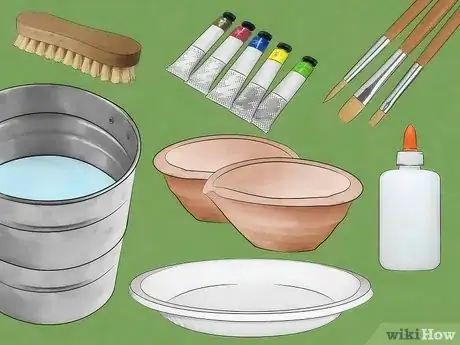
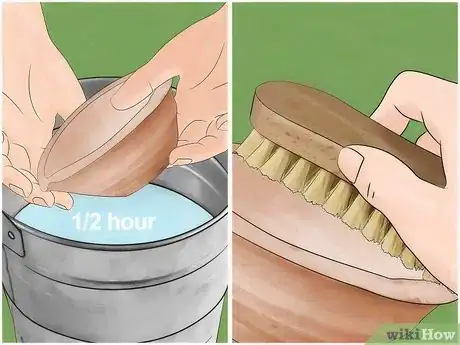
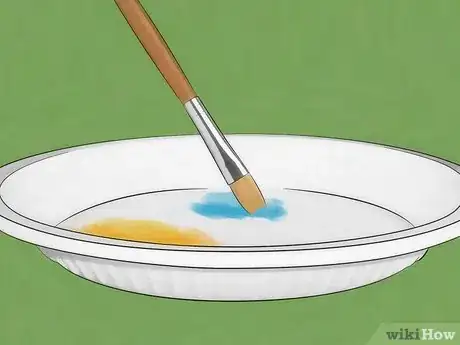

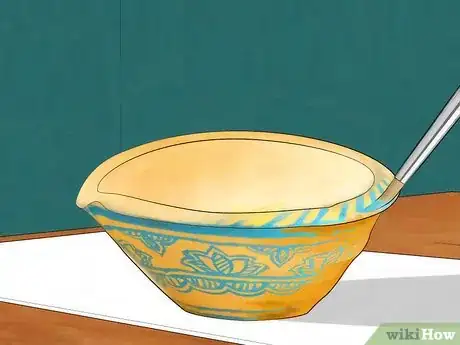
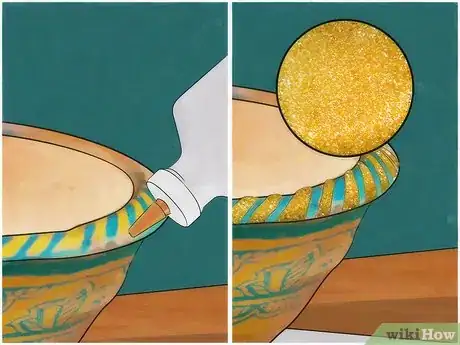
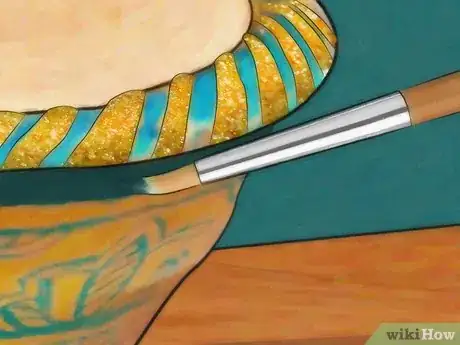
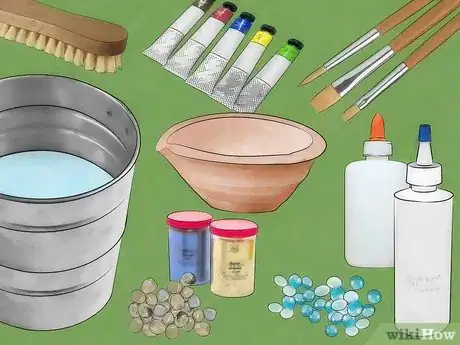
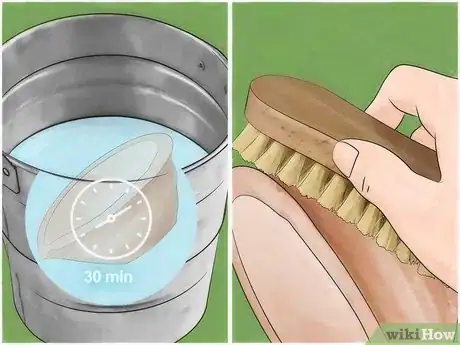
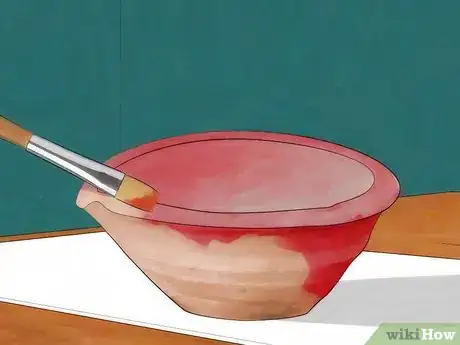

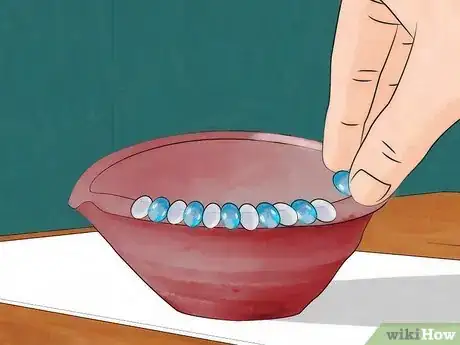
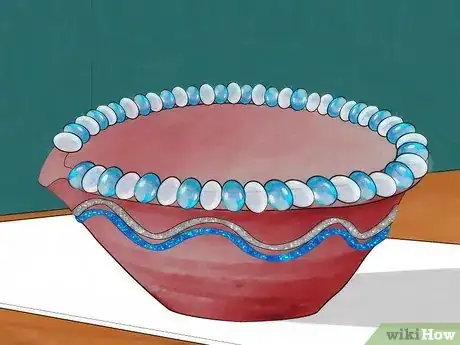
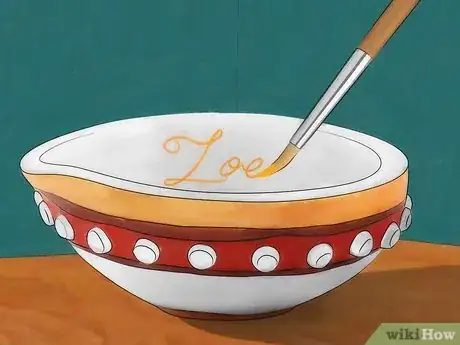

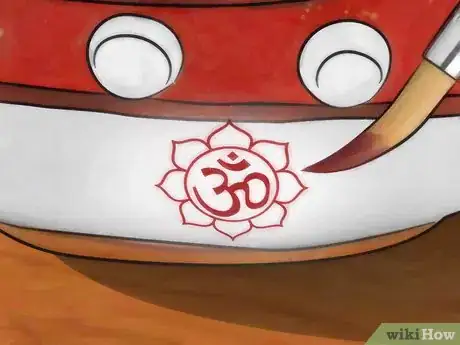
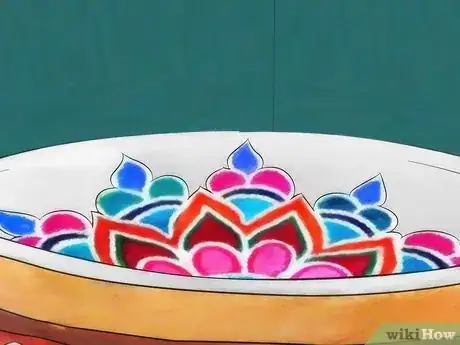
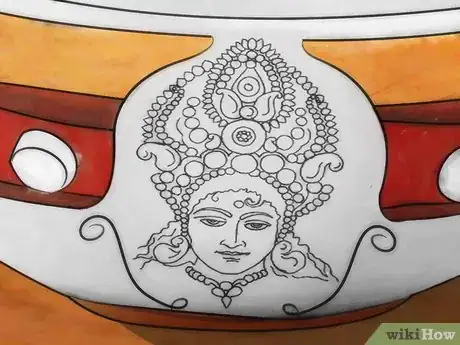
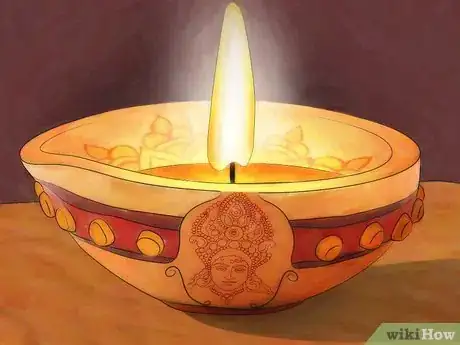





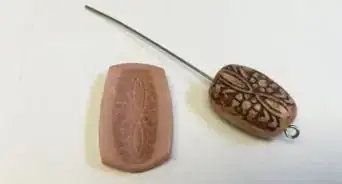
-Oven-Step-15.webp)










